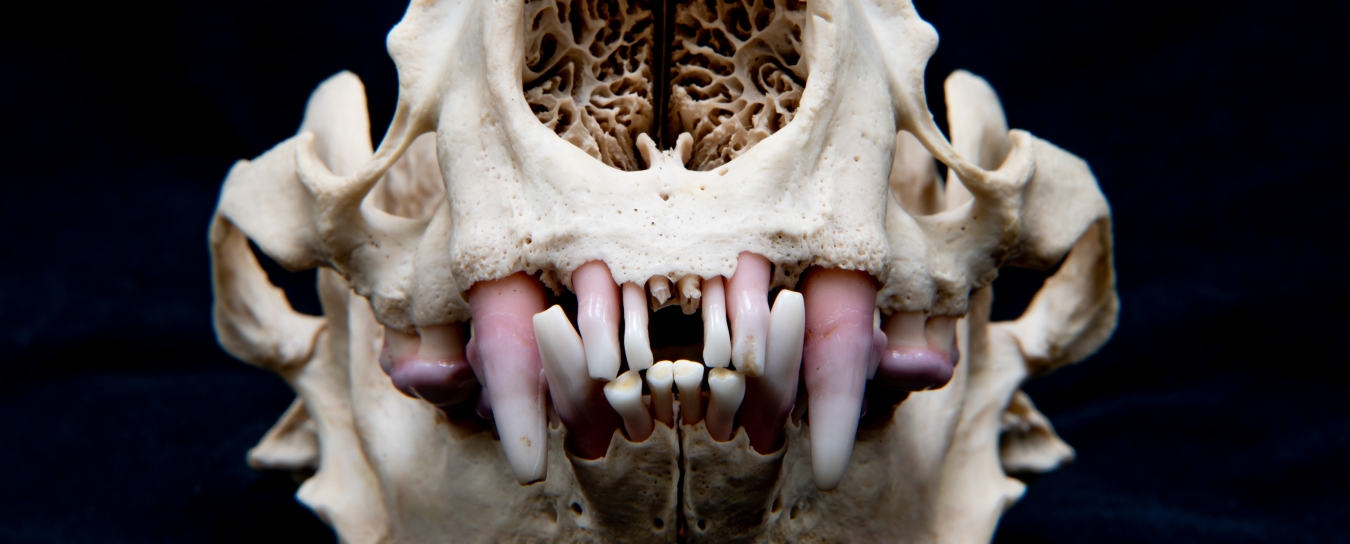
Vertebrates
Browse our Q&A about birds, eggs, nests, amphibians, reptiles, and mammals of the Central Coast and Channel Islands.
- Anthropology
- Rocks & Fossils
- Invertebrates
- Vertebrates
- Botany
- Astronomy
- Fungi
- General
- Recently Asked
What can I do about Cliff Swallow nests?
Earlier this spring a Cliff Swallow built a nest under our eaves. Knowing that they are protected, I let them be and tried to just clean up the mess regularly.
I have two questions if someone at the museum can help.
How do I know that the nest is vacated, such that I thoroughly clean the side of the house and deck? This winter before they return I will put up netting to encourage them to nest elsewhere.
Secondly, if I have only one nest (that's all I see) why are so much swallows flying about? One afternoon I saw what seemed to be 20+ swallows swooping around. It was very fascinating to watch! And if I have that many flying around, they must be nesting nearby, but I don't know where to look.
Curator Response
Hi Patrick,
That’s great that you knew they were protected and didn’t interfere with their nesting once it was taking place. Once no adults or juveniles have been observed in the immediate area of the nest for at least a week, they are probably done with the nest. If no further droppings appear below, that’s another good clue.
As for the other birds you see in the area, they may be nesting on nearby structures but roaming more broadly for insect swarms to eat. Although their poop can be a mess, these birds provide us with an excellent service in the form of pest control.
Cliff Swallows are our general backyard/urban nester in Santa Barbara. They are attracted to areas with good access to a water source to build their nest. Barn Swallows and Tree Swallows are also found around here, but they tend to prefer more rural areas. They can both use human-made structures, but not with the facility of Cliff Swallows.
Fun fact: leaving Cliff Swallow nests in place can provide secondary housing for bats! We have observed Big Brown Bats (Eptesicus fuscus) using swallow nests under a bridge on Vandenberg Air Force Base, and assume that other species like California Myotis and Brazilian Free-tailed Bats would also occasionally roost in swallow nests.
Putting up netting out of season is a smart plan. Hopefully the presence of other swallows indicates they have lots of other nesting choices in the area and will continue to eat insects in your neighborhood without making a mess under your eaves.
Stay curious,
Curators of Vertebrate Zoology Krista Fahy, Ph.D., and Paul Collins, M.A.


